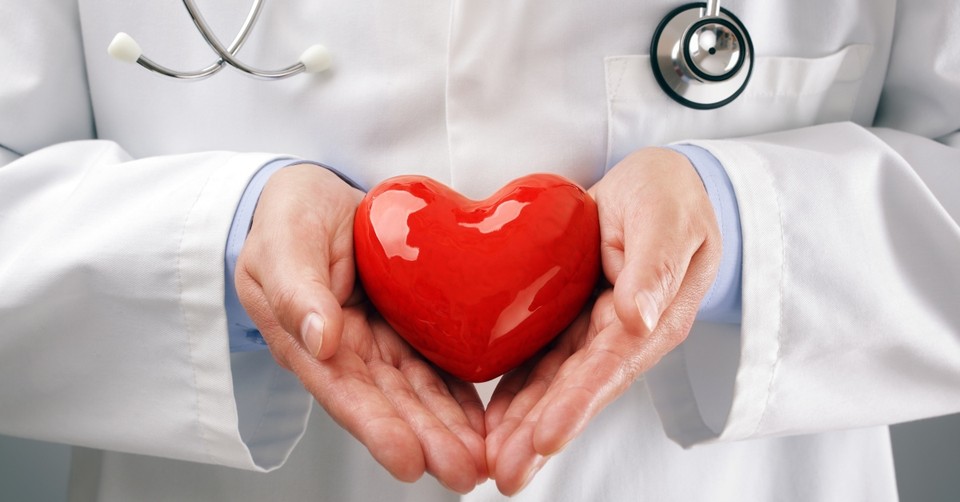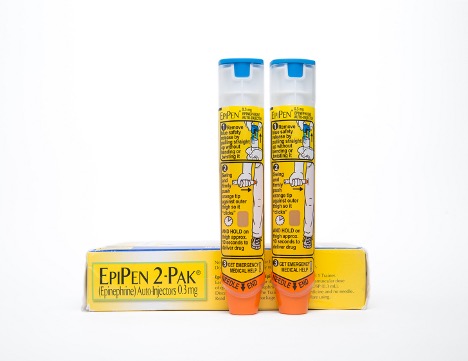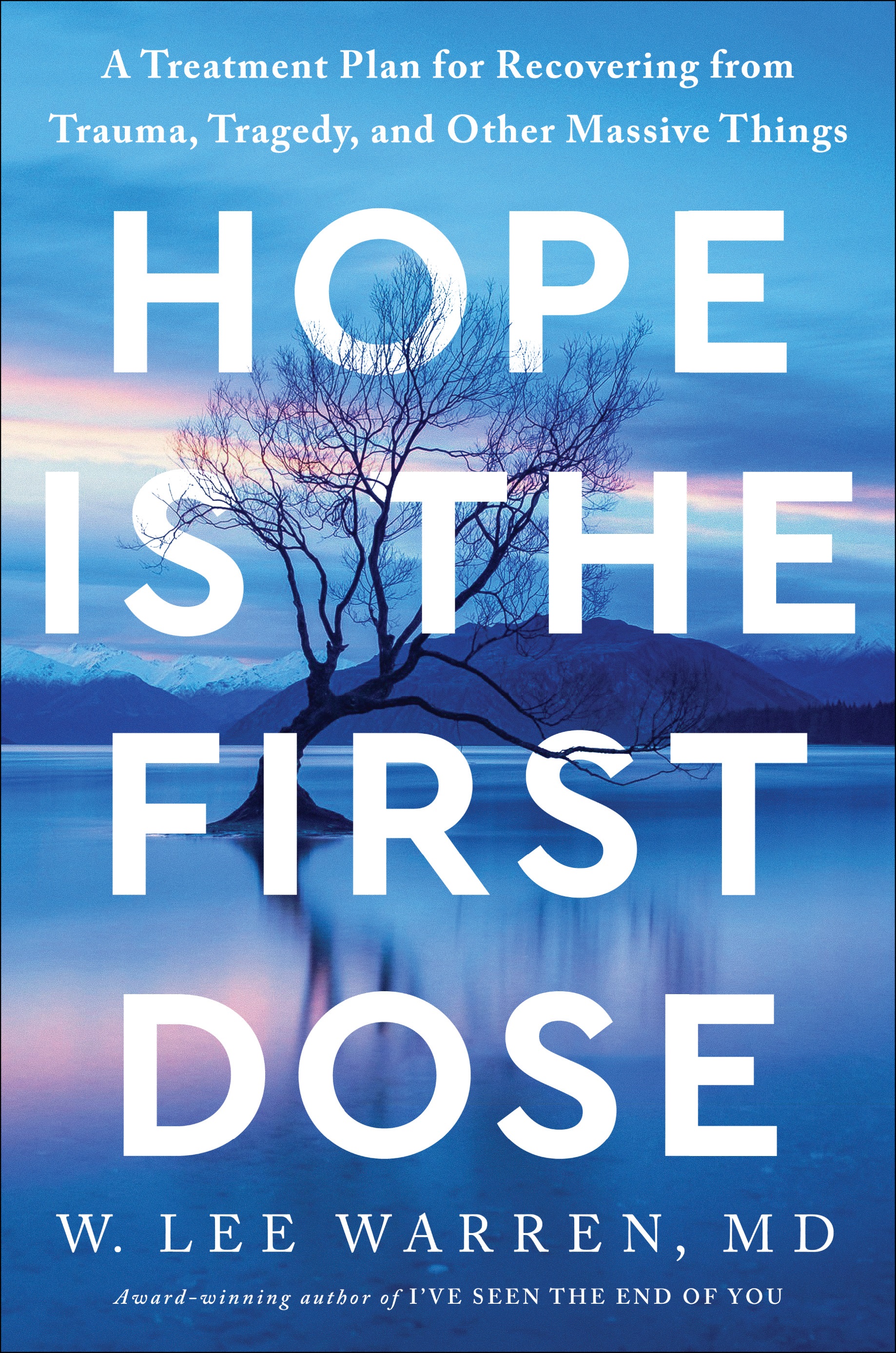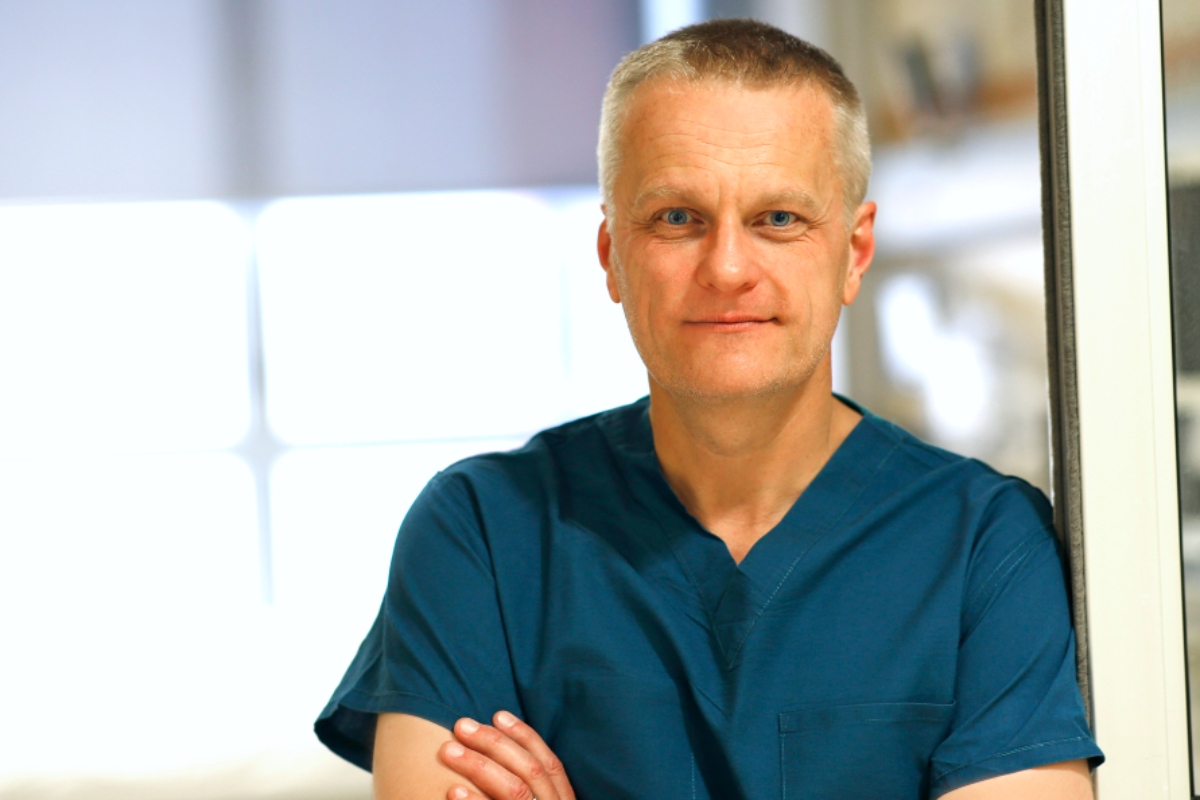In the Treatment Plan for Trauma and Tragedy — Hope Is the First Dose

I have refined you, but not as silver is refined. Rather, I have refined you in the furnace of suffering(Isaiah 48:10, NLT).
I’ve spent the 22 years of my neurosurgery practice observing and studying how people process and recover from the inevitable traumas and tragedies of life — what I call “The Massive Things,” or TMTs — that come for us all at some point.
I discovered early on, despite the fatal brain cancers and devastating head injuries my patients and their families often faced, that none of those are the deadliest afflictions from which humans can suffer.
The Worst Disease a Person Can Contract Is Hopelessness
In my observations and in my review of research studies across the breadth of medicine, people who can maintain or rediscover hope — or even find it for the first time — have better outcomes in every measurable way than those lost in despair.
This is true of health measures like length of survival, complication rates, number of days in hospitals, etc., but it is also true of more subjective things like peace of mind, happiness, and reported quality of life.
This is why I believe that the same Jesus who told us that in this world we would have trouble (John 16:33) also told us that he came here so that we could have abundant lives (John 10:10).
I was writing a book about how some people seem better able to find or hold onto hope during hard times when I learned that my son had been killed.
That was when I discovered that hopelessness does not only afflict those stricken with cancer or the misfortune of trauma; it also strikes bereaved parents and all those who grieve after TMT appears in our lives.
God said to Isaiah that he had refined him in the furnace of suffering, and I found myself there, but it did not feel as though I was being refined. It felt like I was being burned alive.
But I believed God’s promises, and I’d seen many patients and their families find a path to hope even when their bodies were failing or TMT ravaged their lives. So, I knew it was possible for people to learn to suffer well — a suffering that produces healing and leads back to hope.
I needed a treatment plan, a way to learn to live in the troubled world Jesus promised while searching for the abundance he also offered.
Over time, I learned how to teach my family, myself, and others to use neuroscience and faith together to make our brains and spirits work for us and not against us when TMT comes.
But I realized that no treatment plan has any chance of efficacy unless the patient can muster enough hope to try it.
And that is how, after years of striving to find my faith again, to find the light again, to help my precious wife Lisa and our family come alive again after we lost Mitch, I came to understand that hope is the first dose of the treatment plan.
You may ask…
Why Is Hope the First Dose?
Perhaps an analogy will help.
We have a friend whose son has a significant food allergy. When the boy was little, our friend always carried an EpiPen in her purse, just in case her son had an emergency. A couple of times over the years, that EpiPen saved his life.
Both times, when our friend saw her son having a terrifying, life-threatening anaphylactic reaction, she reached into her handbag, pulled out the EpiPen, and used it to treat the problem and rescue her boy.

Source: Adobe Stock Images
It’s important to note that the epinephrine medication inside the EpiPen is the treatment for the massive thing of a potentially fatal allergic reaction.
The treatment plan for our friend’s son involves the delivery of the medication, its effect on the immune system to abort the catastrophe and restore normal physiology to the child, and the proper aftercare to make sure he fully recovers in a safe way.
That’s the treatment plan, but how does it happen?
It Happens Because of Hope
When disaster strikes, when the child stops breathing, when the worst thing possible begins to unfold, hope is the difference between life and death.
Hope is not the medicine. Hope is the memory that the EpiPen is in the purse, the faith that it will do what it’s supposed to do, and the movement to grab the EpiPen and use it. In the midst of disaster, hope pops up and says, “Wait — it’s not over yet. You have a treatment plan, an EpiPen, in your handbag.”
1. Hope is the difference between life and death. TMT, those massive things that come along in our lives, have a paralyzing effect. Hopelessness rises, puts its icy hands around our throats, begins to squeeze the life out of us, and we forget that there is a treatment plan.
Hopelessness is the unused EpiPen, the play we didn’t run because we gave up even though there was still time left on the clock, the relationship we didn’t fight for because it seemed impossible, the surgery we declined because it felt scarier than just letting the disease run its course. Hopelessness is deadlier than TMT because it is a self-fulfilling prophecy that we’ve already lost.
2. Hope says, “It’s not over yet." When you find yourself at the bottom of the pit of despair and it’s too dark to see, hope reminds you there’s a staircase you can find if you search for it, move towards it, and have faith that if you step up, it’s going to hold you.
Our friend carries an EpiPen in her handbag, and knowing and implementing that treatment plan has saved her son’s life more than once.
But it doesn’t happen by itself. It takes memory — people have survived this before when they took action — and movement — this medicine isn’t going to inject itself— to get it done.
The treatment plan is the path to surviving and finding happiness and wholeness again after TMT darkens our lives.
3. But hope, my friend, is the first dose.

For further reading:
3 Ways to Be a Hope-Filled Christian
What Does the Bible Say about Hope?
Photo Credit: ©iStock/Getty Images Plus/BrianAJackson


Originally published July 19, 2023.







